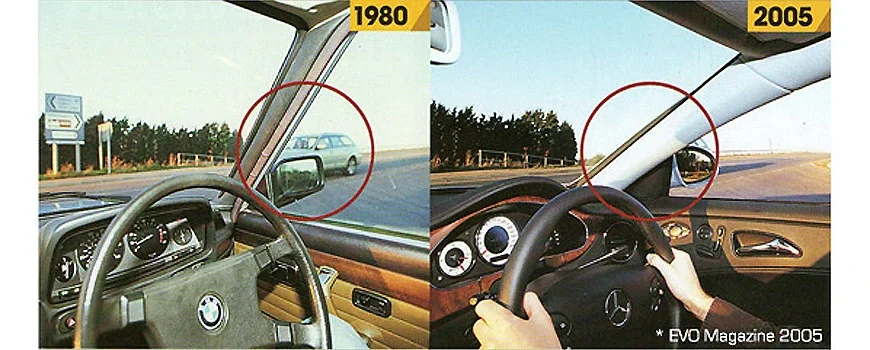In the ever-evolving world of automotive design, where innovation meets functionality, one integral element stands tall as a beacon of strength: the chassis. Often overlooked, the chassis is the unsung hero that provides the backbone to every vehicle, influencing performance, safety, and aesthetics.
- The Anatomy of the Chassis
- Engineering Marvel
- Safety: The Foremost Priority
- Performance and Handling
- Innovation and Sustainability
- The Future of Chassis Design: Trends and Innovations
- Electrification and Chassis Adaptation
- Autonomous Vehicles: A New Paradigm
- Sustainability: A Core Principle
- Collaboration Across Disciplines
The Anatomy of the Chassis
The chassis is essentially the framework of the vehicle, serving as a structural foundation that supports various components including the engine, suspension, and body. It is designed to withstand various forces while maintaining the integrity of the vehicle. The choice of materials—be it steel, aluminum, or composite materials—plays a crucial role in determining the strength and weight of the chassis.
Engineering Marvel
Modern automotive engineers employ cutting-edge technology to design chassis that not only meet safety standards but also enhance driving dynamics. Advanced computer-aided design (CAD) software allows for precise modeling and simulation, enabling engineers to predict how different designs will perform under various conditions. This meticulous attention to detail results in a chassis that can absorb impact, reduce vibration, and provide a stable ride.
Safety: The Foremost Priority
In an industry where safety is paramount, the chassis is pivotal. It is engineered to protect passengers in the event of a collision, with crumple zones strategically integrated to absorb energy and minimize injuries. Manufacturers conduct rigorous crash tests to ensure that every chassis design adheres to stringent safety regulations, reinforcing the notion that a strong chassis is synonymous with a safe vehicle.
Performance and Handling
The relationship between chassis design and vehicle performance cannot be overstated. A well-designed chassis enhances handling, responsiveness, and overall driving experience. Features such as a low center of gravity and optimal weight distribution contribute to a vehicle’s agility and stability, allowing drivers to navigate tight corners with confidence. The blend of strength and flexibility in chassis design is what separates high-performance vehicles from their competitors.
Innovation and Sustainability
As the automotive industry shifts towards sustainability, the design of the chassis is also undergoing a transformation. Manufacturers are exploring lightweight materials that not only reduce fuel consumption but also lower emissions. This shift not only aligns with global environmental goals but also demonstrates how a strong chassis can be both robust and eco-friendly.
The Future of Chassis Design: Trends and Innovations
As we step into an era where technological advancements and consumer preferences are rapidly changing, the automotive industry is witnessing a transformative wave in chassis design. Emerging trends such as electrification, autonomous driving, and the push for enhanced sustainability are shaping the way manufacturers approach chassis engineering.
Electrification and Chassis Adaptation
With the automotive landscape shifting towards electric vehicles (EVs), chassis design must adapt to accommodate larger battery packs and electric drivetrains. This necessitates a rethinking of weight distribution and structural integrity. Engineers are leveraging lightweight materials like carbon fiber and advanced alloys, which not only improve efficiency but also enhance the performance of EVs. The integration of these materials is crucial for optimizing range and handling, addressing a primary consumer concern in the EV market.
Autonomous Vehicles: A New Paradigm
The rise of autonomous vehicles introduces unique challenges and opportunities for chassis design. As vehicles become more reliant on sensors and software, the chassis must not only support traditional mechanical systems but also accommodate advanced technologies like LiDAR and cameras. This means creating a flexible, modular chassis that can adapt to different vehicle configurations while maintaining structural integrity and safety. The focus is on designing a chassis that supports a seamless integration of technology, ensuring that vehicles can respond effectively to their environments.
Sustainability: A Core Principle
Sustainability has become a cornerstone of modern automotive design, with manufacturers increasingly prioritizing eco-friendly practices. This shift extends to chassis design, where recyclability and the use of sustainable materials are becoming essential considerations. The automotive industry is exploring bio-based composites and recycled metals, aiming to minimize environmental impact while delivering the strength needed for modern vehicles. This innovative approach not only appeals to environmentally conscious consumers but also aligns with global efforts to reduce carbon footprints.
Collaboration Across Disciplines
To stay at the forefront of automotive design, collaboration between various disciplines has become vital. Engineers, designers, and software developers must work closely together to create a cohesive vehicle architecture. This interdisciplinary approach fosters creativity and innovation, leading to solutions that enhance both the functionality and aesthetic appeal of the chassis. As a result, we’re seeing vehicles that are not only built for performance but also reflect a modern design ethos that resonates with consumers.
As we navigate the future of automotive design, the chassis remains a critical focal point, acting as a catalyst for change and innovation. Its evolution reflects broader trends in technology, consumer expectations, and environmental responsibility. With each advancement, the chassis strengthens its position as a pillar of strength in automotive design, continually enhancing the driving experience while paving the way for a more sustainable and technologically advanced future. As manufacturers innovate and adapt, one thing is clear: the chassis will continue to be the sturdy backbone that supports the entire automotive ecosystem.










I loved reading about the advanced technologies used in chassis design. It’s amazing how engineering has evolved over the years!
Fantastic insights into the anatomy of a vehicle! The connection between chassis design and performance really resonated with me.
What a comprehensive overview! I appreciate how you broke down complex concepts into easily digestible information.
The emphasis on safety is crucial, and this article does a great job explaining how the chassis contributes to that aspect. Well done!
I never realized the complexity behind chassis engineering. The details about materials and design processes are eye-opening!
This article brilliantly highlights the critical role of the chassis in automotive design. It